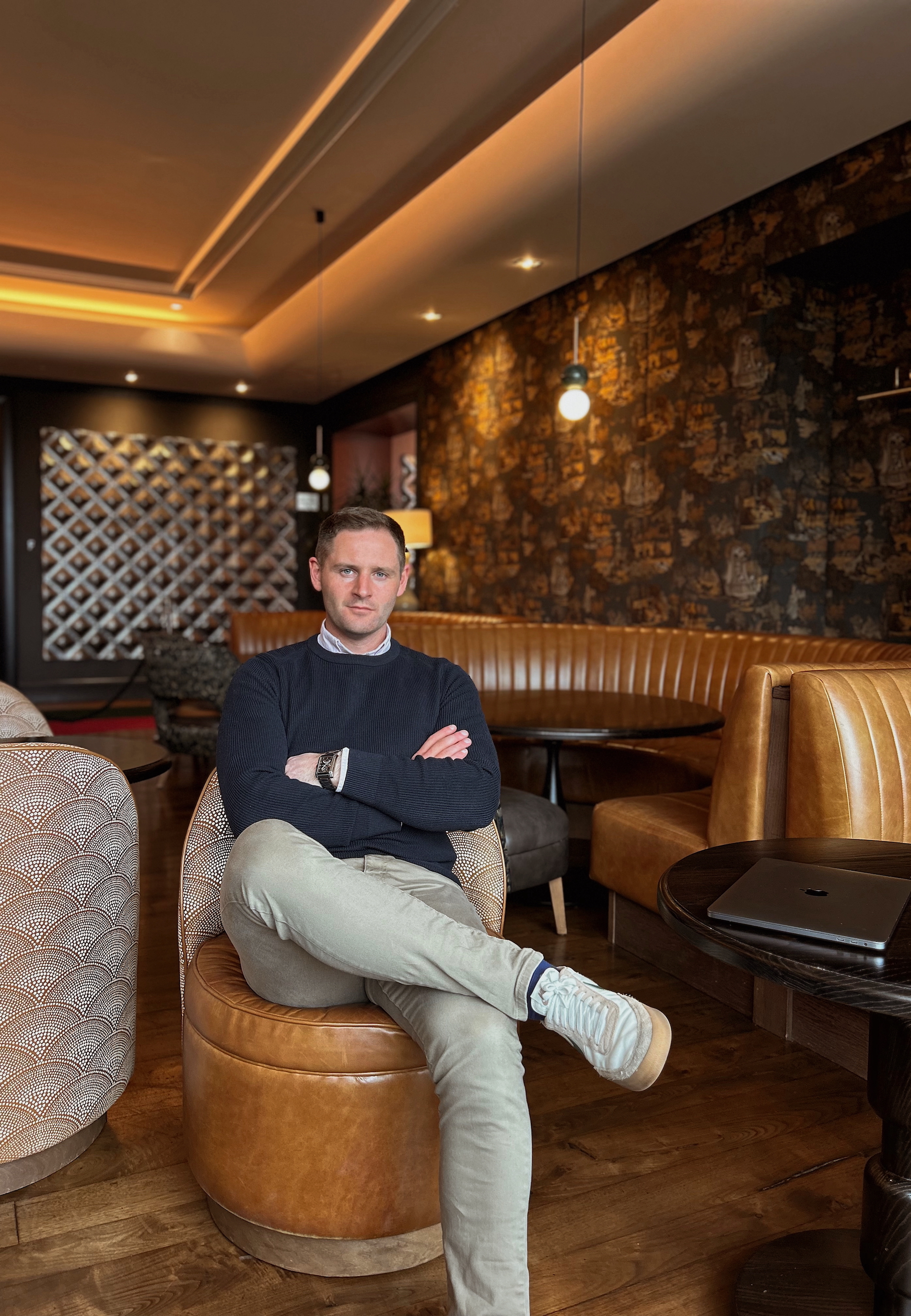Talent shortages get the headlines. But global thought leaders are warning of a deeper, less visible risk that could shape the success or failure of companies over the next decade.
It isn’t just about attracting or retaining staff.
It’s about whether organisations can adapt their workforce to meet fast-changing realities.
This risk is called workforce agility, and the lack of it is emerging as one of the biggest threats to businesses worldwide.
Why Global Leaders Are Sounding the Alarm
Recent global reports on the future of work highlight the same challenge:
People risk is now business risk.
The ability, or inability, to anticipate, develop, and redeploy skills at speed will directly determine competitiveness.
The concerns are clear:
- Employees not up skilling fast enough to keep pace with AI and digital change.
- Career stagnation and skill atrophy driven by over-reliance on technology.
- Organisations stuck in short-term workforce planning instead of future-focused design.
- Ethical and cultural concerns as AI tools reshape workplaces.
Without strategic agility, companies risk being outpaced, out-innovated, and outperformed.
Why This Matters in Ireland & Europe
This isn’t just a “Silicon Valley”story. Here in Ireland and across Europe, the signals are already clear:
- Ageing workforce: The working-age population is shrinking, amplifying the pressure to reskill and redeploy talent.
- Sector strain: Engineering, construction, pharma and tech are already facing critical skill shortages.
- Regulation: EU frameworks-from the AI Act to sustainability targets, demand new skillsets and stronger governance.
- Global mobility: Talent is more mobile than ever, meaning retention depends on culture, purpose, and opportunity.
For Irish and European employers, the challenge isn’t just “finding people.”
It’s about creating agile, future-ready teams that can adapt as the world changes.
What Leaders Can Do Now
- Shift from short-term hiring to long-term workforce planning
Plan 3–5 years ahead & beyond quarterly headcount targets. - Design agile roles
Build fluid career paths, cross-functional jobs, and human-centric AI workflows. - Invest in reskilling and upskilling
Prioritise AI literacy, digital capability, and green skills across every level. - Listen for “quiet signals”
Small drops in engagement, stalled development, or rising stress are early warnings. - Treat people risk like enterprise risk
HR, business leaders, and risk managers must work together, because the stakes are business-critical.
Bottom Line
The next big workplace risk isn’t staff shortages, it’s workforce stagnation.
Global leaders agree: agility, adaptability, and future-readiness are now the real competitive edge.
For Irish and European companies, the question is simple:
Are you building a workforce that can keep pace with change, or one that risks being left behind?
